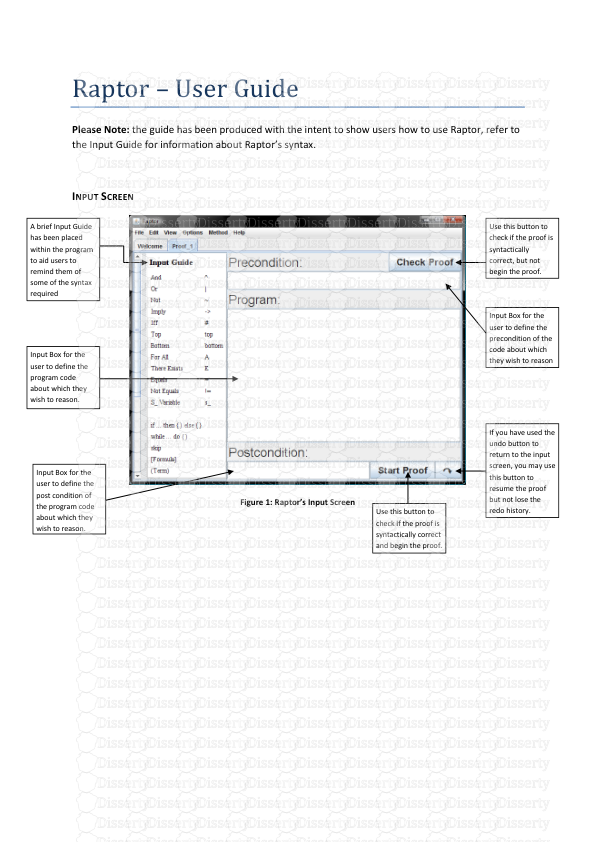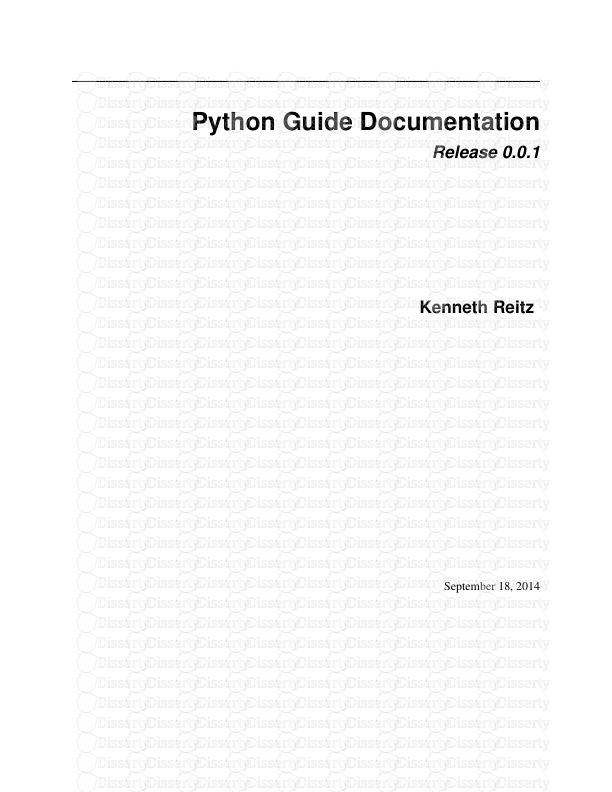HAUDENOSAUNEE GUIDE FOR EDUCATORS EDUCATION OFFICE Dear Educator, T he Smithson
HAUDENOSAUNEE GUIDE FOR EDUCATORS EDUCATION OFFICE Dear Educator, T he Smithsonian’s National Museum of the American Indian is pleased to bring this guide to you. It was written to help provide teachers with a better understanding of the Haudenosaunee. It was written by staff at the Museum in consultation with Haudenosaunee scholars and community members. Though much of the material contained within this guide may be familiar to you, some of it will be new. In fact, some of the information may challenge the curriculum you use when you instruct your Haudenosaunee unit. It was our hope to provide educators with a deeper and more integrated understanding of Haudenosaunee life, past and present. This guide is intended to be used as a supplement to your mandated curriculum. There are several main themes that are reinforced throughout the guide. We hope these may guide you in creating lessons and activities for your classrooms. The main themes are: ■ The Haudenosaunee, like thousands of Native American nations and communities across the continent, have their own history and culture. ■ The Peacemaker Story, which explains how the Confederacy came into being, is the civic and social code of ethics that guides the way in which Haudenosaunee people live — how they are to treat each other within their communities, how they engage with people outside of their communities, and how they run their traditional government. ■ Haudenosaunee people give thanks everyday, not just once a year. The Thanksgiving Address, or Gano:nyok, serves as a daily reminder to appreciate and acknowledge all things. The Gano:nyok reinforces the connection that people have to the world around them. Portions of this address are introduced in this guide. ■ Haudenosaunee culture, like all cultures, is dynamic and has changed over time. Together, these four themes are reminders that the Haudenosaunee worldview is guided by specific principles that have endured through the generations. Finally, though each of the Six Nations speaks a distinct language, there are many words that are the same in all languages. We have included several Haudenosaunee words throughout this guide. We have also provided pronunciations. Please note that all pronunciations are in Seneca, though the words sound similar in the Mohawk, Cayuga, Tuscarora, Oneida, and Onondaga languages. We gather our minds to greet and thank the enlightened Teachers who have come to help throughout the ages. When we forget how to live in harmony, they remind us of the way we were instructed to live as people. With one mind, we send greetings and thanks to these caring Teachers. Now our minds are one. From the Haudenosaunee Thanksgiving Address Jake Swamp (Tekaroniankeken), a traditional Mohawk spiritual leader, and his wife Judy (Kanerataronkwas) in their home with their grandsons Ariwiio, Aniataratison, and Kaienkwironkie. Jake and Judy feel that it is very important for grandparents to ensure the future of their people by instilling their beliefs and traditions in their grandchildren. NMAI photo by Katherine Fodgen, P26530 -1- IROQUOIAN LANGUAGES The six nations that comprise the Haudenosaunee speak Iroquoian languages. The Iroquoian language group comprises over ten languages including Cayuga, Mohawk, Oneida, Onondaga, Tuscarora and Seneca. Cherokee is also an Iroquoian language, though the Cherokee are not part of the Haudenosaunee Confederacy. There are over 20 indigenous language families and over two hundred indigenous languages spoken in the United States. Iroquoian languages are spoken by Native nations whose original homelands were located in the eastern United States, primarily New York State and the Great Lakes region, as well as Southern Appalachia, which includes North and South Carolina and Georgia. WHO ARE THE HAUDENOSAUNEE? H audenosaunee (hoe-dee-no-SHOW-nee) means “people who build a house.” The name refers to a CONFEDERATION or ALLIANCE among six Native American nations who are more commonly known as the Iroquois Confederacy. Each nation has its own identity. These nations are known as: ■ MOHAWK (MO-hawk) or Kanien’kehaka, which means “People of the Flint.” The Mohawk are also called “Keepers of the Eastern Door” since they are the easternmost nation in Haudenosaunee territory. They were responsible for protecting and defending the eastern boundaries of Haudenosaunee territory. ■ ONEIDA (o-NY-da) or Onayotekaono, which means “People of the Standing Stone.” ■ ONONDAGA (on-nen-DA-ga) or Onundagaono, which means “People of the Hills.” The Onondaga are also called “Keepers of the Central Fire” since the Onondaga Nation is considered the capital of the Confederacy. As the Peacemaker promised, the Haudenosaunee council fire burns at the Onondaga Nation. ■ CAYUGA (ka-YOO-ga ) or Guyohkohnyoh, which means “People of the Great Swamp.” ■ SENECA (SEN-i-ka), or Onondowahgah, which means “People of the Great Hill.” The Seneca are also known as “Keepers of the Western Door” because they are the westernmost nation in Haudenosaunee territory. They were responsible for protecting and defending the western boundaries of Haudenosaunee territory. ■ TUSCARORA (tus-ka-ROR-a) or Skaruhreh, which means “The Shirt Wearing People.” In 1722, members of the Tuscarora Nation, who were living in what is now North Carolina, traveled north to seek refuge among the Haudenosaunee. They were invited to join the Haudenosaunee Confederacy, becoming its sixth nation. Since that time, the Confederacy has also been known as the Six Nations. Haudenosaunee people refer to themselves as Ongweh’onweh (ongk-way-HON-way), which simply means “real human being.” Although many cultural similarities and family connections unite the six nations, each one is also unique and has its own distinct language. -2- L ong ago, the Haudenosaunee Nations were at war with each other. A man called the Peacemaker wanted to spread peace and unity throughout Haudenosaunee territory. While on his journey, the Peacemaker came to the house of an Onondaga leader named Hayo’wetha (hi-an-WEN-ta), more commonly known as Hiawatha. Hayo’wetha believed in the message of peace and wanted the Haudenosaunee people to live in a united way. An evil Onondaga leader called Tadadaho, who hated the message of peace, had killed Hayo’wetha’s wife and daughters during the violent times. Tadadaho was feared by all; he was perceived as being so evil that his hair was comprised of writhing snakes, symbolizing his twisted mind. The Peacemaker helped Hayo’wetha mourn his loss and ease his pain. Hayo’wetha then traveled with the Peacemaker to help unite the Haudenosaunee. The Peacemaker used arrows to demonstrate the strength of unity. First, he took a single arrow and broke it in half. Then he took five arrows and tied them together. This group of five arrows could not be broken. The Peacemaker said, “A single arrow is weak and easily broken. A bundle of arrows tied together cannot be broken. This represents the strength of having a confederacy. It is strong and cannot be broken.” The Mohawk, Oneida, Cayuga, Seneca, and Onondaga accepted the message of peace. With the nations joined together, the Peacemaker and Hayo’wetha sought out Tadadaho. As they approached Tadadaho, he resisted their invitation to join them. The Peacemaker promised Tadadaho that if he accepted the message of peace, Onondaga would be the capital of the Grand Council. Tadadaho finally succumbed to the message of peace. It is said that the messengers of peace combed the snakes from his hair. The name Hayo’we:tha means “he who combs,” indicating his role in convincing Tadadaho to accept the Great Law of Peace. Joined together, these five nations became known as the Haudenosaunee Confederacy. When peace had successfully been spread among the five nations, the people gathered together to celebrate. They uprooted a white pine tree and threw their weapons into the hole. They replanted the tree on top of the weapons and named it the Tree of Peace, which symbolizes the Great Law of Peace that the Haudenosaunee came to live by. The four main roots of the Tree of Peace represent the four directions and the paths of peace that lead to the heart of Haudenosaunee territory, where all who want to follow the Great Law of Peace are welcome. At the top of the Tree of Peace is an eagle, guardian of the Haudenosaunee and messenger to the Creator. One of the most important events that shaped the Haudenosaunee was the creation of the Gayanesshagowa (gaya-ness-HA-gowa), the Great Law of Peace. It guides the Haudenosaunee through all aspects of life. A full rendition of this epic, which takes several days to tell, reveals the ways in which the Peacemaker’s teachings emphasized the power of Reason, not force, to assure the three principles of the Great Law: Righteousness, Justice, and Health. The Great Law of Peace provides the Haudenosaunee people with instructions on how to treat others, directs them on how to maintain a democratic society, and expresses how Reason must prevail in order to preserve peace. The following is an abbreviated version of the story. PEACEMAKER STORY -3- HAUDENOSAUNEE GRAND COUNCIL AND CLAN MOTHERS The Onondaga Nation the Heart of the Confederacy Hodiyahnehsonh are chosen because the men possess honorable qualities and are concerned with the well-being of the Confederacy. Their positions are unpaid and for life. They are selected by the clan mothers. Fourteen Onondaga hoyaneh serve on the uploads/S4/ haudenosaunee-guide.pdf
Documents similaires










-
46
-
0
-
0
Licence et utilisation
Gratuit pour un usage personnel Attribution requise- Détails
- Publié le Jui 06, 2021
- Catégorie Law / Droit
- Langue French
- Taille du fichier 3.0888MB


